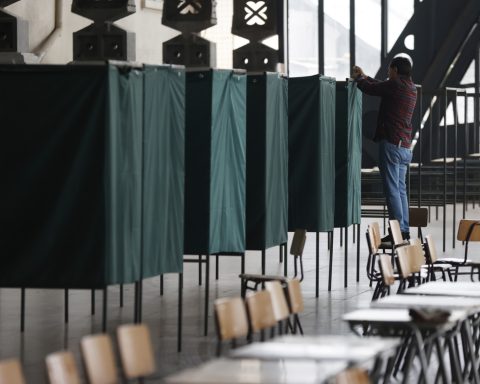The Senate approved today (10) a bill (PL) that allows changing the social function of a building or real estate unit with the approval of two thirds of the condominium members. Thus, if two-thirds of the condominium owners approve, the change of destination of a property from residential to commercial could occur. Currently, this is only possible with the unanimous approval of the tenants. The project is going to be analyzed by the Chamber.
According to the author of the project, Senator Carlos Portinho (PL-RJ), the current regulation undermines the will of the majority in prevalence of the desire of just one condominium member. In the justification, Portinho says that such a veto power “would affect not only the private interests of the condominium owners, but also the public interests related to urbanism. The change in use would be a natural result of fluctuations in the real estate market, allowing supply to follow demand”.
Senator Izalci Lucas (PSDB-DF) pondered in the opposite direction, showing that he was concerned about the tenants who, as a minority, may see the property they purchased change its destination against their will, from residential to commercial, or vice versa. “In a little while, the buildings may change their destination, complicating the people who bought in another condition”, said Izalci.
On the platform, the author of the project clarified to Izalci that the will of the condominium owners will not override the city’s master plans, nor the zoning laws, which restrict certain uses for urban properties — for example, they prohibit commerce in exclusively residential neighborhoods.
Both the author of the project and the rapporteur, Senator Carlos Viana (MDB-MG), cited the covid-19 pandemic to reinforce the need to adapt the destination of properties to face the new reality.
“The adoption of the home office as a work tool ended up emptying many office buildings, while increasing the demand for residential areas. In this context, the change in the use of buildings as a whole, or of certain units of a single building, is a measure that meets a new balance between supply and demand and enables the efficient use of both the building and the existing urban infrastructure in the region” , stated Viana in his report.
*With information from the Senate Agency
















